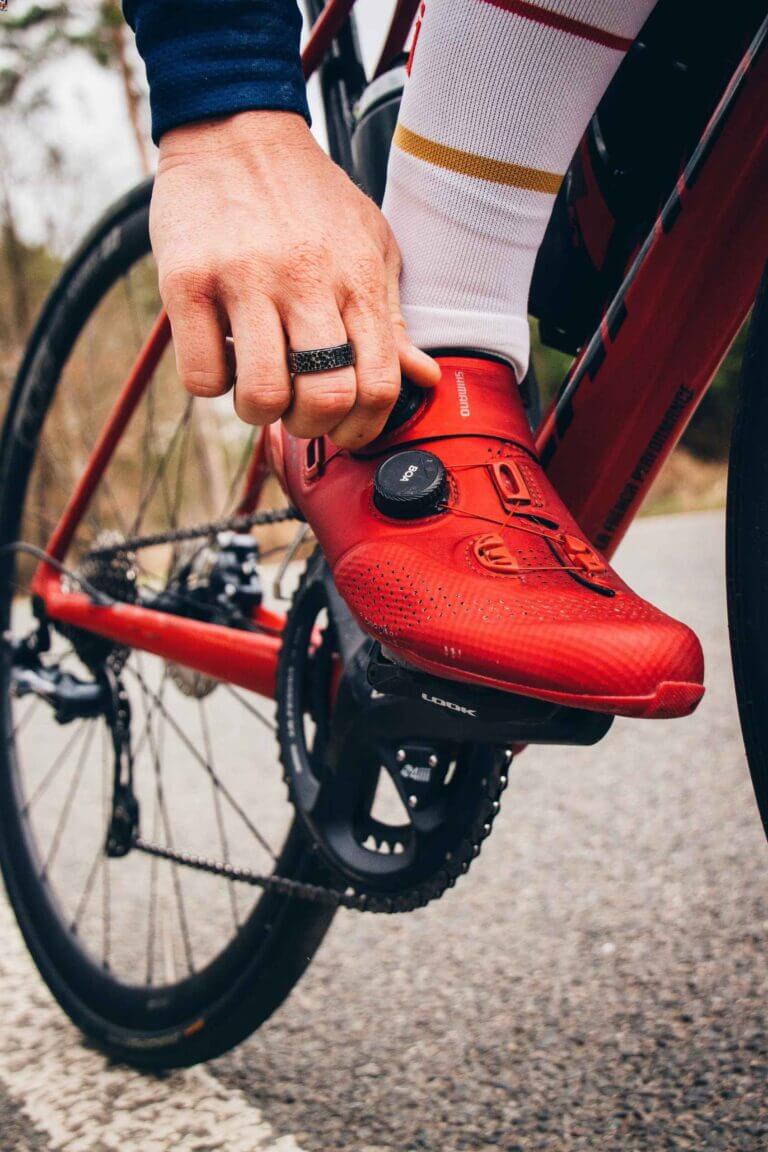When it comes to enhancing your performance, one component stands out above the rest: clipless pedals. In this article, we’ll dive into the world of clipless pedals and uncover the incredible benefits they offer.
Drawing from our years of experience, we’ll share the valuable knowledge we’ve gained about clipless pedals and guide you through their advantages.
From boosting pedaling efficiency and power transfer to enhancing control and stability, clipless pedals can revolutionize your cycling experience.
Understanding Clipless Pedals
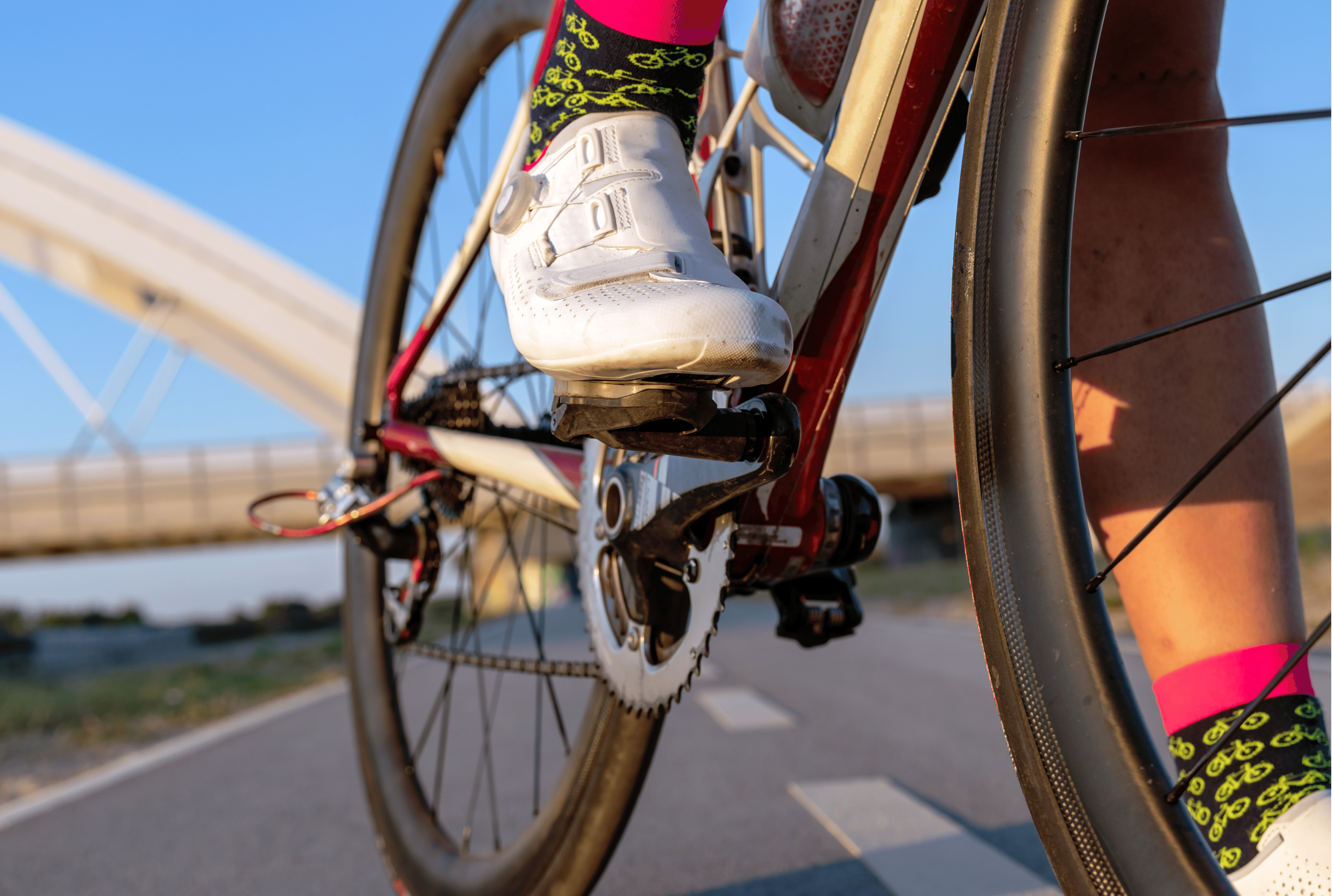
Dispelling the confusion, clipless pedals do not actually have clips! The term “clipless” refers to the absence of the traditional toe clips and straps. Clipless pedals instead offer a secure attachment between the cyclist’s shoe and the pedal.
Clipless pedals have emerged as a true game-changer for cyclists, revolutionizing the way they ride and unlocking new levels of performance. By replacing traditional toe clips, these innovative pedals provide a secure and direct connection between the cyclist’s shoes and the bike.
Unlike their predecessors, clipless pedals allow cyclists to secure their shoes directly to the pedal, creating a seamless connection between rider and bike. By eliminating the reliance on straps and cages, clipless pedals enhance efficiency, power transfer, and overall performance.
With clipless pedals, cyclists can optimize their riding potential and take their cycling adventures to unparalleled heights.
Advantages of Clipless Pedals
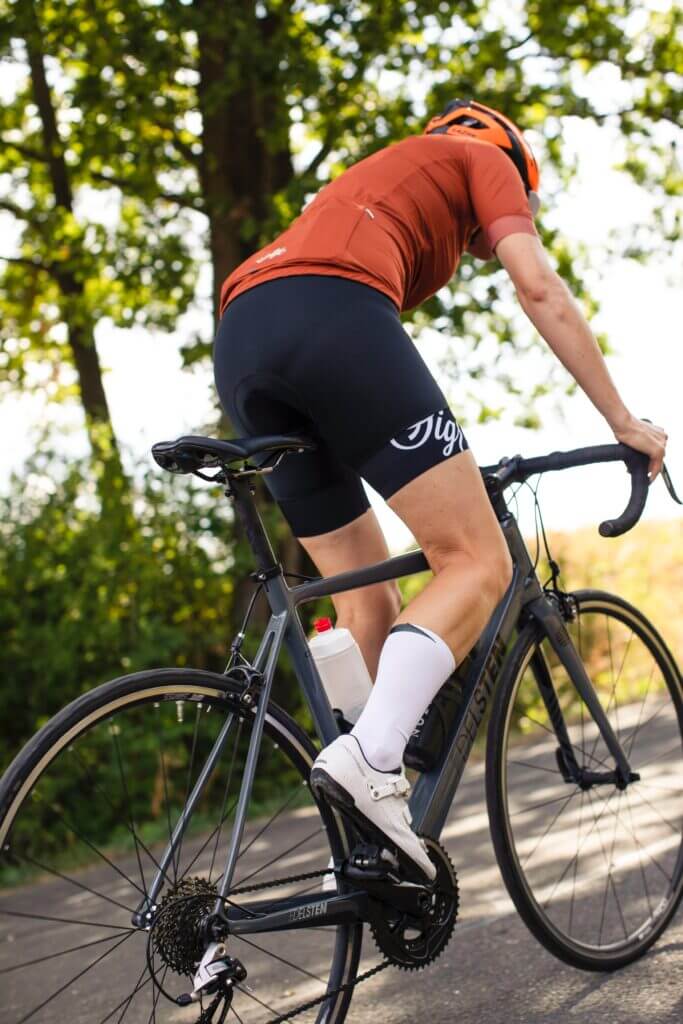
Enhanced Pedaling Efficiency and Power Transfer
When it comes to cycling, efficiency is key. Clipless pedals excel in optimizing power transfer from the cyclist’s leg to the bike. By creating a rigid connection between the shoe and pedal, clipless pedals eliminate energy loss and maximize the transfer of force.
This direct power transmission translates into improved speed and efficiency on the road or trail. Research and expert opinions support the notion that clipless pedals significantly enhance pedaling efficiency.
Improved Pedal Stroke and Cadence
Achieving a smooth and circular pedal stroke is vital for every cyclist. Clipless pedals play a crucial role in helping riders refine their technique.
With clipless pedals, cyclists can exert force not only during the downward motion but also during the upstroke. This engagement of additional muscles promotes a more balanced and efficient pedal stroke.
Moreover, clipless pedals facilitate the development of a higher cadence, which refers to the rate at which a cyclist pedals. The ability to maintain a consistent and fast cadence is essential for endurance and speed.
By allowing for a more fluid and dynamic pedal stroke, clipless pedals contribute to improved cadence, enabling cyclists to cover more ground with less effort.
Enhanced Bike Control and Stability
Clipless pedals provide a significant advantage in terms of bike control and stability, particularly during challenging terrains or high-speed situations. The secure attachment of the shoe to the pedal enhances the cyclist’s ability to navigate corners, make quick maneuvers, and maintain balance.
When tackling steep descents or maneuvering tight turns, clipless pedals instill confidence and promote better bike handling. This increased control allows cyclists to push their limits, explore new trails, and take on more demanding cycling routes.
The Different Types of Clipless Pedals and Cleat Systems
SPD Pedals and Cleats

SPD pedals, short for Shimano Pedaling Dynamics, have gained immense popularity among cyclists across various disciplines. Designed with versatility in mind, SPD pedals are widely used in mountain biking, touring, and recreational cycling. What sets SPD pedals apart is their practicality and ease of use.
When it comes to SPD pedals, Shimano is a brand that stands out. Shimano offers a wide range of SPD pedals suitable for different riding styles and preferences.
Shimano SPD pedals are highly regarded for their reliability, durability, and affordability. Other popular brands like Crankbrothers, Time, and Look also offer high-quality SPD pedals that cater to the needs of cyclists.
SPD pedals utilize a two-bolt cleat system that securely attaches to the sole of compatible cycling shoes. The recessed cleats, embedded in the shoe tread, allow for easy walking when off the bike.
This feature is particularly advantageous for mountain bikers who often encounter rough terrains that require dismounting or walking. The ability to walk comfortably without the need to remove cycling shoes is a significant convenience offered by SPD pedals.
Furthermore, SPD pedals offer a wide range of float adjustment options. Float refers to the degree of movement allowed by the cleat within the pedal before releasing. This adjustability accommodates individual riding preferences, provides a comfortable foot position, and reduces the risk of knee strain or injury.
Cyclists appreciate SPD pedals for their versatility and practicality. Mountain bikers appreciate the ease of walking during technical sections or when navigating obstacles.
Touring cyclists value the convenience of being able to explore on foot without needing to change shoes. Additionally, recreational riders enjoy the comfortable and efficient power transfer that SPD pedals offer.
SPD-SL Pedals and Cleats
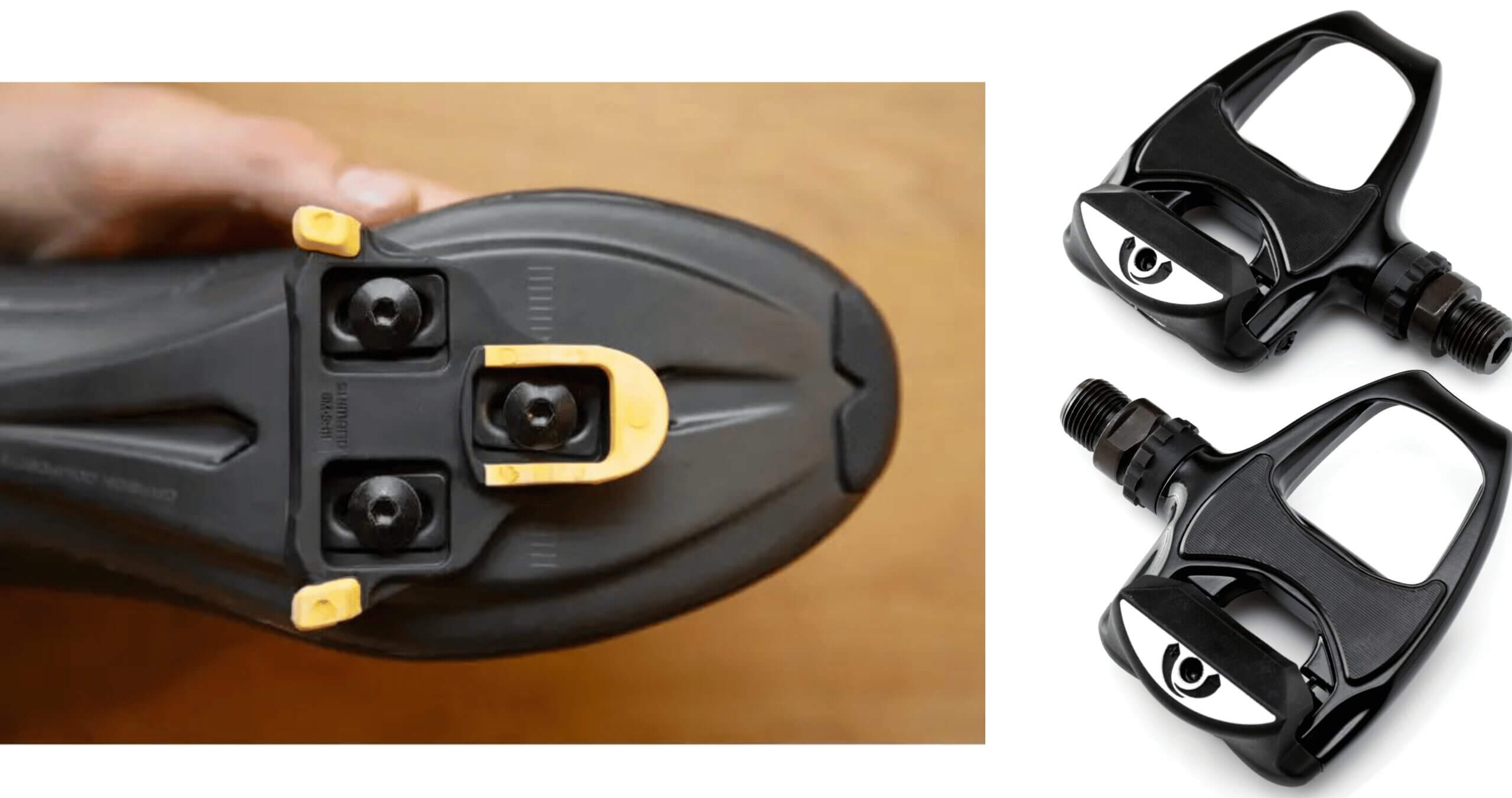
SPD-SL pedals cater specifically to road cyclists and those pursuing high-performance riding. Shimano Pedaling Dynamics – Super Lightweight, as the name suggests, prioritize efficiency, power transfer, and stability on the road.
When it comes to SPD-SL pedals, Shimano is a prominent brand to consider. Shimano SPD-SL pedals are known for their high-quality construction, excellent power transfer capabilities, and wide platform. Other notable brands such as Look and Speedplay also manufacture SPD-SL pedals highly regarded by road cycling enthusiasts.
SPD-SL pedals feature a larger contact surface area between the cleat and pedal, maximizing power transfer and stability. The three-bolt cleat system provides a secure and rigid connection between the shoe and pedal, ensuring optimal energy transfer from the cyclist’s leg to the bike.
Unlike SPD pedals, SPD-SL cleats are not recessed into the shoe sole. This design choice focuses on maximizing power transfer and creating a direct connection between the shoe and pedal. While walking in SPD-SL shoes can be challenging due to the exposed cleat, this trade-off is deemed acceptable by road cyclists who prioritize performance and efficiency on the road.
Road cyclists appreciate SPD-SL pedals for their ability to deliver maximum power transfer. The larger cleat-pedal interface distributes force more evenly, enabling riders to generate higher wattage output and maintain a steady cadence.
The secure connection of SPD-SL pedals instills confidence during high-speed sprints and aggressive cornering maneuvers.
Additionally, the wide range of tension adjustments available in SPD-SL pedals allows riders to fine-tune the engagement and release mechanism according to their preferences.
This customizable feature provides a sense of control and enhances the overall riding experience.
Setting Up Clipless Pedals and Cleats: A Guide for Beginners
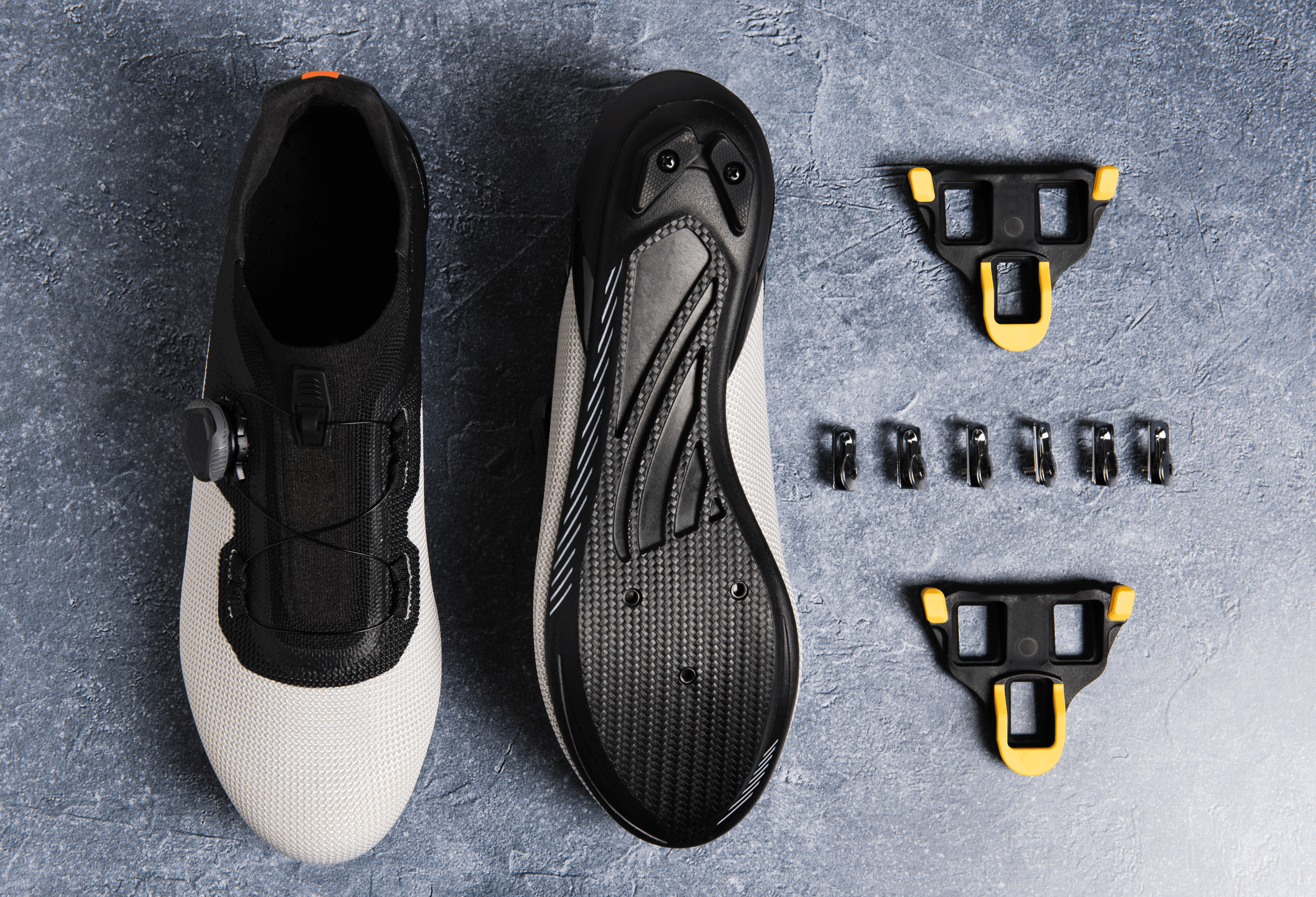
Setting up clipless pedals and cleats properly is crucial for a comfortable and effective riding experience. If you’re new to clipless pedals, here’s a step-by-step guide to help you get started:
1. Choosing the Right Shoes:
Before installing clipless pedals, make sure you have compatible cycling shoes designed for the specific pedal system you’ve chosen. Different pedal brands may require different types of cleats, so ensure your shoes are compatible with the pedals you intend to use.
2. Installing Cleats:
Begin by locating the cleat holes on the sole of your cycling shoes. Most shoes have multiple holes to allow for fore-aft adjustment. Position the cleats on the shoes, aligning them with the ball of your foot or as recommended by the manufacturer. Use the provided screws to secure the cleats in place, making sure they are tight but not over-tightened.
3. Adjusting Cleat Alignment:
Proper cleat alignment is essential for optimal comfort and power transfer. Cleat alignment affects how your feet engage with the pedals, so take the time to find the right position. Start with a neutral alignment, ensuring the cleats are parallel to the shoe’s centerline. Fine-tune the alignment based on your riding style and personal preference. Some cyclists prefer a slight toe-in or toe-out angle for added comfort or to alleviate knee stress.
4. Pedal Installation:
Follow the manufacturer’s instructions to install the clipless pedals onto your bike. Use the appropriate tools to tighten the pedals securely, ensuring they are aligned correctly. Check that there is no excessive play or wobbling in the pedals.
5. Familiarizing Yourself with Clip-In and Clip-Out:
Clipless pedals require a learning curve, and it’s essential to practice clipping in and out before hitting the road. Find a safe and open area to practice, such as a parking lot or a quiet street. Start by holding onto a stationary object or leaning against a wall for support. Clip one foot into the pedal and practice clipping out smoothly and efficiently. Repeat the process with the other foot until you feel comfortable and confident with the motion.
Pro Tips for New Clipless Pedal Users

1. Gradual Transition:
If you’re new to clipless pedals, it’s recommended to ease into them gradually. Start with short rides or on familiar routes to get accustomed to the pedal engagement and release. As you gain confidence and familiarity, gradually increase your ride duration and explore new terrains.
2. Set the Release Tension:
Most clipless pedals have adjustable release tension. Set the tension to a comfortable level for you, allowing for an easy clip-out when needed. Beginners often prefer a lower tension setting to facilitate quick and effortless release until they become more proficient with the pedal system.
3. Practice Unclipping:
Before coming to a complete stop, practice unclipping one foot and placing it on the ground. This habit ensures that you can easily and quickly unclip in unexpected situations, such as sudden stops or traffic encounters. With practice, unclipping becomes second nature.
4. Start with Flat Terrain:
When starting your clipless pedal journey, choose flat terrains for your initial rides. This allows you to focus on pedal engagement, disengagement, and adjusting to the new pedal system without the added challenge of hills or technical sections.
5. Keep them clean:
Keeping your clipless pedals and cleats clean is of utmost importance for several reasons. Dirt, mud, and debris can interfere with the engagement and disengagement of your clipless pedals. A buildup of grime can make it difficult to clip in or unclip smoothly, compromising your efficiency and potentially affecting your cycling performance. When wearing road shoes, it’s advisable to avoid walking on soft dirt and gravel whenever possible.
6. Seek Guidance and Support:
If you’re uncertain about the setup or usage of clipless pedals, don’t hesitate to seek guidance from your local bike shop, or an experienced cycling friend. They can provide valuable tips, advice, and assistance to ensure a smooth transition and address any concerns you may have.
FAQ About Clipless pedals
How do I install clipless pedals on my bike?
Installing clipless pedals requires a few simple steps. First, remove the existing pedals from your bike using a pedal wrench. Then, lubricate the threads of the new clipless pedals before screwing them into place. Ensure the pedals are securely tightened, but avoid over-tightening to prevent damage.
Are clipless pedals compatible with all cycling shoes?
Clipless pedals are compatible with most cycling shoes designed for use with the specific pedal system. However, it’s crucial to ensure that the cleats on the shoes match the type of pedals being used. Different pedal systems may have unique cleat designs and compatibility requirements, so it’s essential to check for compatibility before making a purchase.
How do I adjust the tension on clipless pedals?
Most clipless pedals feature adjustable tension settings to customize the release and engagement force required to clip in and out. By using an Allen wrench, you can fine-tune the tension according to your preference and riding style. Start with a lower tension setting and gradually increase it as you become more comfortable with clipless pedals.
How often should I replace clipless pedal cleats?
Clipless pedal cleats are subject to wear over time, especially if you ride frequently. As a general guideline, it’s advisable to replace cleats every 2,000 to 3,000 miles or when you notice signs of excessive wear, such as difficulty engaging or disengaging from the pedal or unstable foot retention.

